Neelum Valley: A heaven in the hills
The majestic mountain region feels like it is suspended in time, in a world of its own

PHOTO: MUHAMMAD IBRAHIM
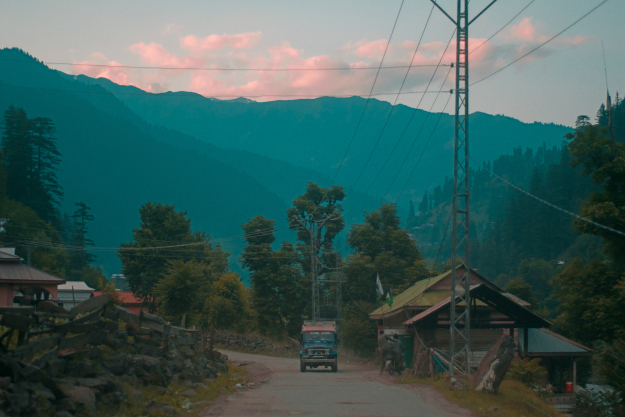 PHOTO: MUHAMMAD IBRAHIM
PHOTO: MUHAMMAD IBRAHIMThere is plenty being written about the region these days. But did you know the word ‘Neelum’ literally translates to emerald itself? The valley is named after the streams of chilly, bluish-green waters that feed into Neelum River – a lifeline for the local. Amongst its specialities is the brown and rainbow trout, which is hard to come by elsewhere.
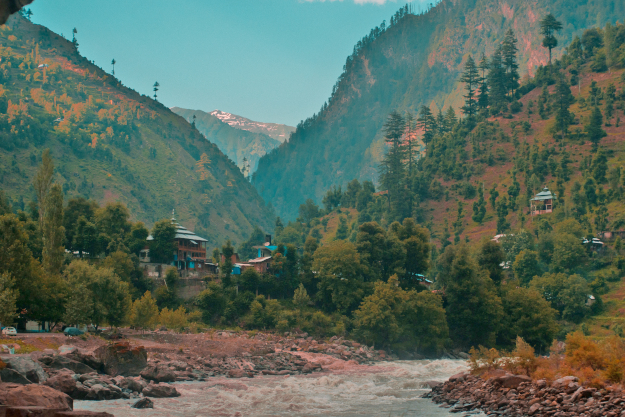 PHOTO: MUHAMMAD IBRAHIM
PHOTO: MUHAMMAD IBRAHIMSince Neelum Valley borders with Indian held Kashmir, either a mountain or the river itself serves as demarcation. At Keran, in particular, the river becomes the Line of Control – a popular tourist destination, easily accessible by car. Many of the villagers living on either sides of the water are related by blood but separated by the natural border. As it is forbidden to cross the border, they sometimes sit on the river banks to exchange greetings by shouting out over the roaring water.
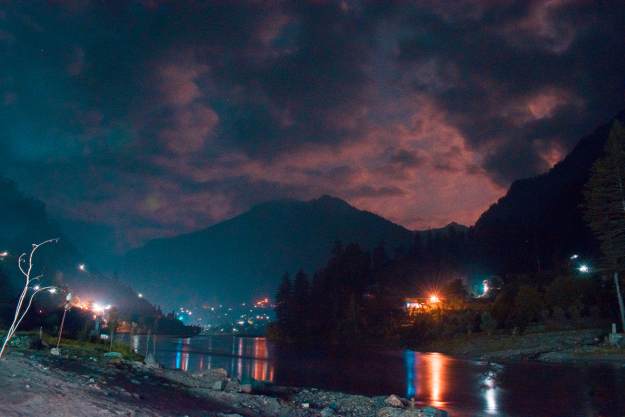 PHOTO: MUHAMMAD IBRAHIM
PHOTO: MUHAMMAD IBRAHIMBut it’s only further into the valley and its most unadulterated areas that one gets to see the real splendor of the region. As you meander through, nature presents an exotic, new scene after every turn. There are ample brooks and small streams for visitors to rest upon or cool off their engines.
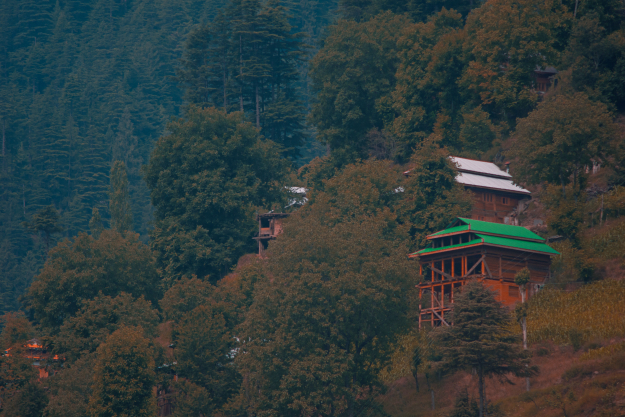 PHOTO: MUHAMMAD IBRAHIM
PHOTO: MUHAMMAD IBRAHIMLances of unfiltered sunlight pierce the lush green every sunrise and sunset. This is nature at its best and sure to leave one speechless. Masses of clouds hang low and float through the green canopies, giving the landscape an almost magical appeal. If you’re visiting from a metropolis like Lahore or Karachi, the rich and clean air will feel like a novelty and rightfully so. Not to mention, the lethargic lifestyle and overwhelming calm and quiet are a welcome respite from everyday life.
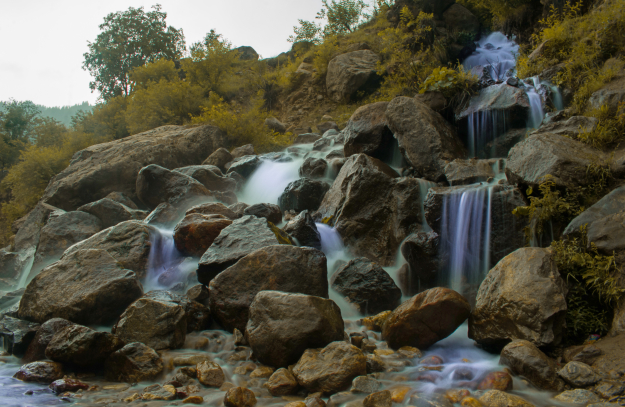 PHOTO: MUHAMMAD IBRAHIM
PHOTO: MUHAMMAD IBRAHIMThe deeper you wander, the prettier it gets. But mind you, it also gets colder. The temperature drop is inversely proportion to the remoteness of where you are but makes for a unique experience. From the hot temperatures near Muzaffarabad, where the valley begins, to its end at Kel, one gets to feel all the highs and lows of the weather – even during peak summer.
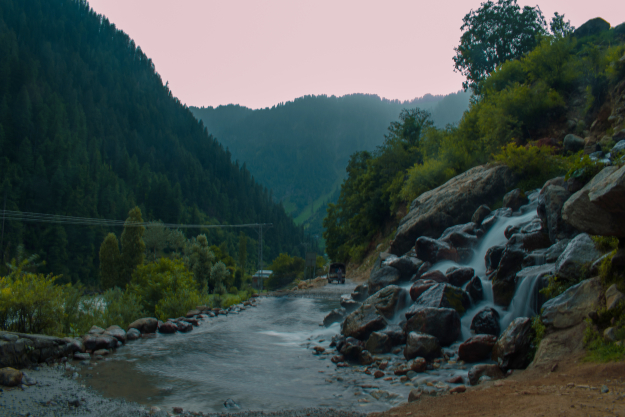 PHOTO: MUHAMMAD IBRAHIM
PHOTO: MUHAMMAD IBRAHIMSubsistence farming is the mainstay of most of the 200,000 living in Neelum Valley, with both men and women working the fields. The soil being highly fertile and rich in nutrients but the uneven terrain and unpredictable weather make it difficult to grow too much. Therefore, terrace farming is common to many parts of the valley, assisted by frequent rain.
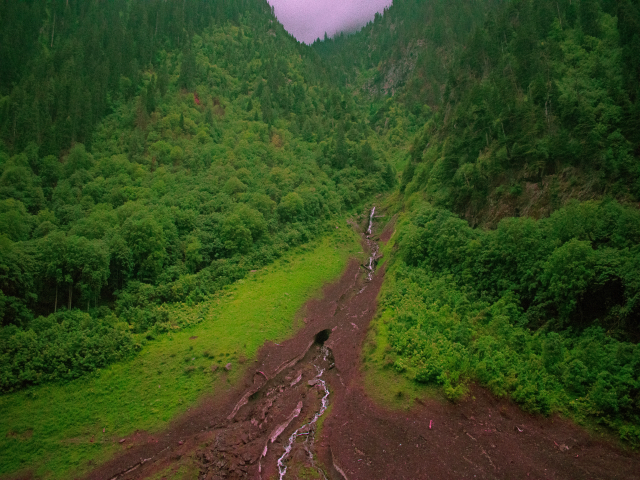 PHOTO: MUHAMMAD IBRAHIM
PHOTO: MUHAMMAD IBRAHIMBut it’s not all quiet as there is much activity going on here. As one passes through the several villages, it becomes evident that Neelum Valley – which seems to be suspended in time, in a world of its own – is also teeming with life. Its residents are well aware that they have but a few warm months to make the most of. Children wander the streets on their way to school, sporting vibrant clothing and infectious smiles. Their parents are busy working the fields and manning the tiny shops on the streets to earn a living. A particularly fascinating sigh is that of the nomadic Bakarwal tribe walking through the valley with its herd.
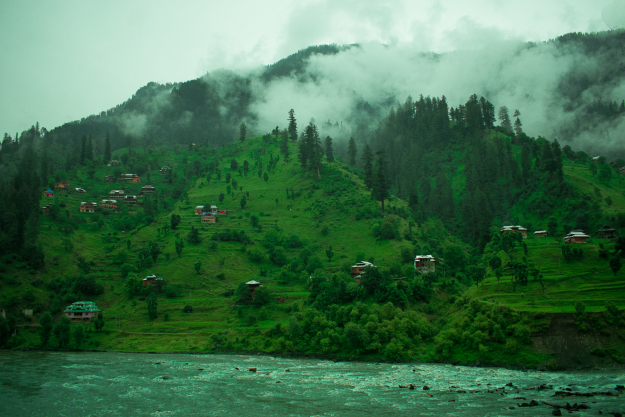 PHOTO: MUHAMMAD IBRAHIM
PHOTO: MUHAMMAD IBRAHIMNow that tourism in northern Pakistan is finally picking up, Neelum Valley has also become a popular hangout. These days, it is bustling with local and foreign tourists, as more and more hotels spring up all over, giving the economy a much-needed boost. Let’s just hope they don’t tarnish the virgin beauty. As long as the natural ecosystem is not compromised, Neelum Valley is sure to remain one of the most exquisite parts of Pakistan.
 PHOTO: MUHAMMAD IBRAHIM
PHOTO: MUHAMMAD IBRAHIMBio: Muhammad Ibrahim is a 16-year-old photographer and travel writer aiming to promote a positive image of Pakistan. Follow his work on @potentialpakistan on Instagram.
Have something to add to the story? Share it in the comments below.




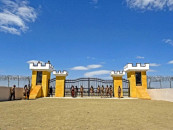













COMMENTS
Comments are moderated and generally will be posted if they are on-topic and not abusive.
For more information, please see our Comments FAQ